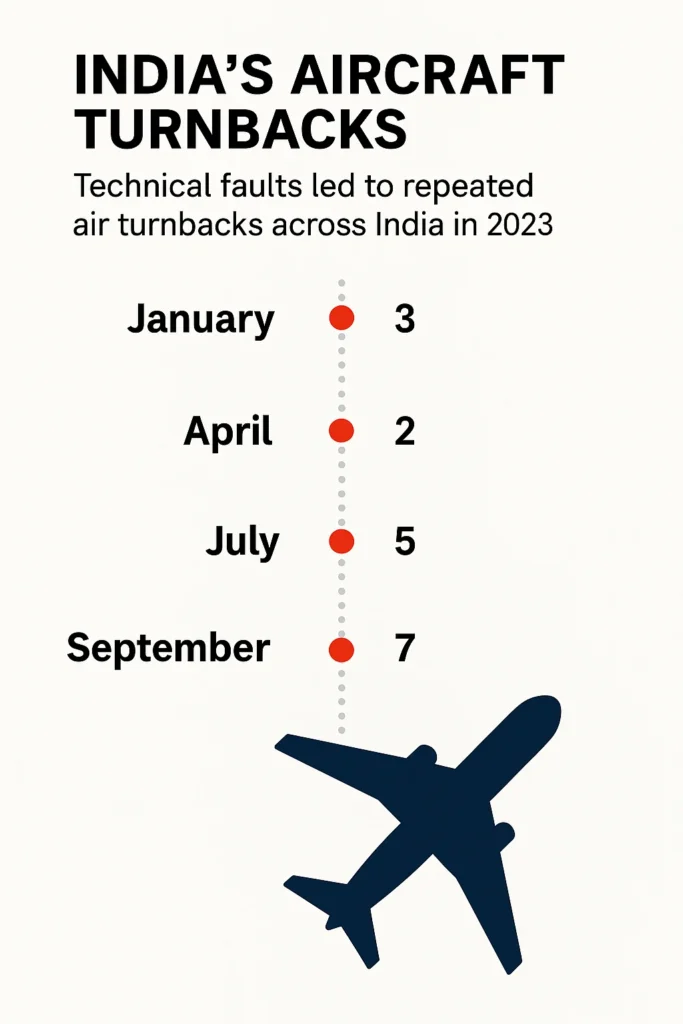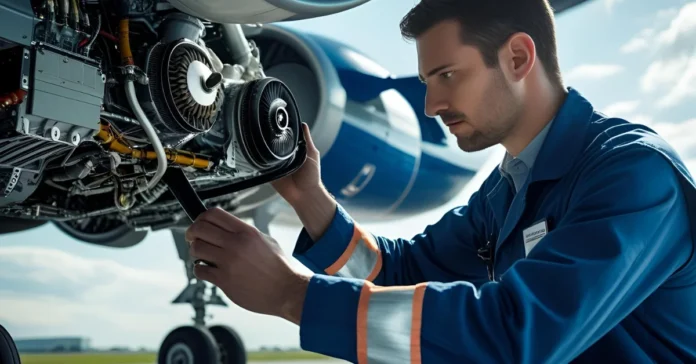India enforces the DGCA technical inspection directive, transforming aircraft safety standards and impacting airlines across Asia and emerging markets.
New Delhi — Urgency in the Skies
In response to the tragic crash on June 12 involving an Air India Boeing 787, India’s civil aviation authority, the DGCA, is implementing a comprehensive reform of technical inspections.
This initiative, strongly supported by the Civil Aviation Minister Ram Mohan Naidu, represents a transition from merely adhering to regulations to actively monitoring compliance.
The incident, which resulted in the loss of scores of lives, has heightened public concern and prompted a swift regulatory response.
Why Now: From Crisis to Catalyst
The AI-171 incident near Ahmedabad highlighted significant deficiencies in technical monitoring systems. Within 48 hours, the need for improvements became evident.:
- DGCA ordered fleet-wide inspections of all Boeing 787 aircraft
- Multiple carriers initiated pre-departure checks and grounded flights
- The Union Home Secretary chaired a multi-agency probe into aircraft maintenance protocols
“When the incident happened, we felt the need for extended surveillance of the Boeing 787 series,” said Minister Ram Mohan Naidu in a press briefing on June 14. “With immediate urgency, all inspections are being done.”

DGCA Technical Inspection Directive
What the DGCA Directive Includes:
| Action | Details |
| One-Time Boeing 787 Checks | Hydraulics, fuel systems, flight controls |
| Fleet-Wide Technical Audits | Applicable to all Indian commercial carriers |
| Predictive Maintenance Push | Partnering with AI startups for fault detection |
| Black Box Prioritization | AAIB leading crash investigation, results by Sept 2025 |
Impact: From Runways to Regulations
Airlines:
- Air India and Vistara are currently facing temporary disruptions due to the grounding of their 787 aircraft.
- This situation has sparked a significant demand for certified Aircraft Maintenance Engineers (AMEs), highlighting the crucial role they play in ensuring flight safety and efficiency.
- As airlines navigate these challenges, the expertise of AMEs has never been more vital!
Passengers:
- Please be aware that there may be slightly longer turnaround times for processes.
- Additionally, price increases could occur as a result of rerouted flights and increased security checks.
DGCA:
- Following the transition to a new administration after the 2024 elections, there will be a requirement to implement updated Standard Operating Procedures (SOPs) for inspections.
- These new SOPs are expected to be in place by the fourth quarter of 2025.
Global Influence & Developing Country Leadership

India’s move is already shaping policy discussions in:
- The inspection frameworks of Bangladesh and Sri Lanka are currently under review, with a focus on enhancing compliance and efficiency within their aviation sectors.
- Meanwhile, Kenya is actively pursuing consultancy services from the International Civil Aviation Organization (ICAO) in preparation for the upcoming summit in India scheduled for 2025.
The International Civil Aviation Organization (ICAO) has recognized the directive issued by the Directorate General of Civil Aviation (DGCA) as a regional model that exemplifies effective and scalable oversight.
India’s regulatory leap is inspiring other emerging economies to modernize.
Human + Tech: A New Maintenance Philosophy
Despite the introduction of advanced technologies such as digital logbooks and AI-driven anomaly detection, aviation engineers continue to play a crucial role in the overall process.
Their expertise remains essential in ensuring safety and efficiency in aviation operations.
“We’re not replacing technicians; we’re enhancing them,” said an official from AvionTech Labs, working with DGCA on data-driven diagnostics.
By 2026, DGCA plans to launch:
- A national maintenance-traceability platform
- Digital SOP compliance dashboard for all Indian carriers

What’s Next?
- The final report from the AAIB is scheduled for release in September 2025.
- Additionally, revised Standard Operating Procedures (SOPs) for all wide-body aircraft will be implemented by October.
- Digital inspection portal beta by December
Final Approach: DGCA Technical Inspection Directive– Trust, Rebuilt
This directive signifies a significant shift in national policy. It reflects a proactive approach rather than a mere response to current challenges.
As accountability increases and innovative tools develop, India is positioning itself not only to address crises effectively but also to take a leading role on the global stage.
“Safety isn’t a checkbox. It’s a system,” said Minister Naidu. And right now, India is rebuilding that system—from the hangar floor to the clouds above.

